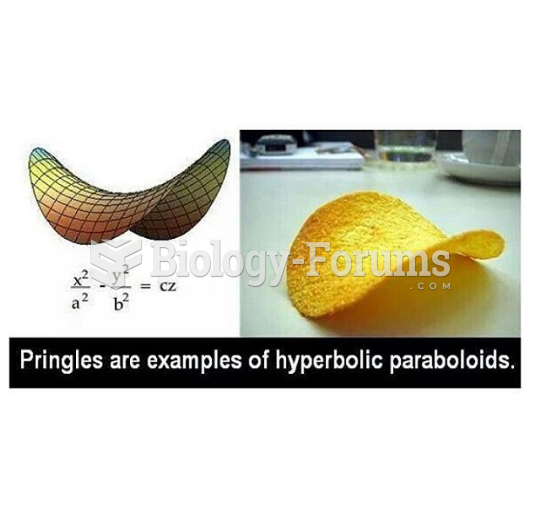Answer to Question 1
ANS: A long-term research program conducted by Paul Ekman identified facial expressions of seven emotions that can be objectively and consistently distinguished from one another. These emotions are anger, contempt, disgust, fear, sadness, surprise, and happiness (Ekman, Matsumoto, & Friesen, 1997). Ekman, director of the Human Interaction Laboratory at the University of California at San Francisco, and his colleagues, have developed a coding system based on their analysis of 43 facial muscles. The system provides 3,000 different configurations useful in reading the emotional expressions in a person's face.
This Facial Action Coding System (FACS) is used in the United States by police departments, as well as the CIA and the FBI, to detect lying by criminal suspects and by terrorists. According to the FACS, tiny movements of their facial muscles will betray them (Kaufman, 2002). In 2009, Ekman was named by Time magazine as one of the world's 100 most influential people (Taylor, 2009).
Other research has also shown that some basic aspects of personality are revealed by facial expressions. For example, neuroticism reveals itself in looks of anger, contempt, and fear. Agreeableness shows in laughter and other expressions of friendly social interaction. Extraversion appears in smiles, laughter, and other expressions of enjoyment and amusement. Conscientiousness is marked by expressions of embarrassment including a tightly controlled smile, an averted gaze, and head movements down and away from the observer (Keltner, 1997). We recognize smiles by unconsciously mimicking them. Using the same muscles as the person we are looking at sends the same message to activate the regions of the brain that are active in the person who is smiling at us (Niedenthal, Mermillod, Maringer, & Hess, 2010; Zimmer, 2011).
Answer to Question 2
ANS: Allport and two colleagues developed an objective self-report assessment test called the Study of Values. Our values are personality traits and represent strongly held interests and motivations. Allport believed that everyone possesses some degree of each type of value, but one or two of these will be more dominant in the personality. The categories of values are as follows:
1. Theoretical values are concerned with the discovery of truth and are characterized by an empirical, intellectual, and rational approach to life.
2. Economic values are concerned with the useful and practical.
3. Aesthetic values relate to artistic experiences and to form, harmony, and grace.
4. Social values reflect human relationships, altruism, and philanthropy.
5. Political values deal with personal power, influence, and prestige in all endeavors, not just in political activities.
6. Religious values are concerned with the mystical and with understanding the universe as a whole.







